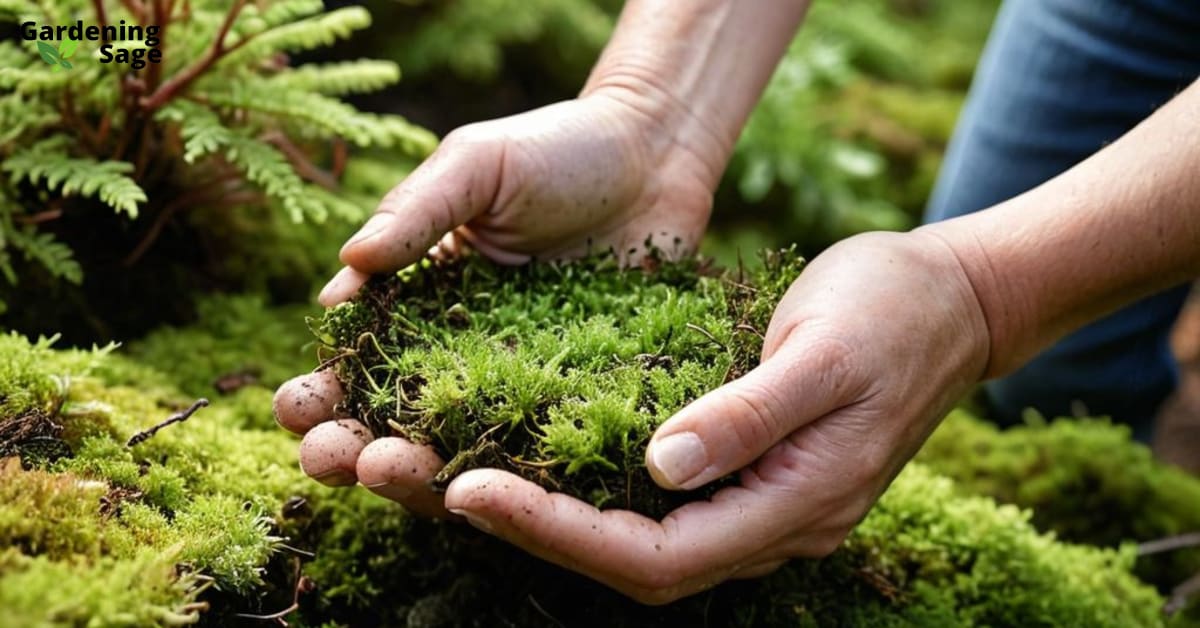Bringing the Forest Floor Home: Propagating Moss in Your Garden
As devoted gardeners, we’re always seeking new ways to cultivate beauty and tranquility in our outdoor spaces. And what’s more tranquil than the soft, velvety carpets of moss that blanket the floors of shady forests and woodlands? By learning simple techniques for propagating moss at home, you can recreate a little bit of that magical, mossy magic right in your own garden, adding a touch of enchantment and a sense of calm.
Choosing the Perfect Moss Species
With over 12,000 species of moss found worldwide, it can be daunting to decide which type to grow at home. Fortunately, certain species thrive in cultivated gardens and are readily available for purchase. Two top contenders include:
- Cushion moss (Leucobryum): Forms mounded cushions in shades of green or gray. Tolerates sun and drought, making it a versatile choice for various garden settings.
- Haircap moss (Polytrichum): Features upright stalks topped with spore capsules resembling tiny hats. Prefers shade and moisture, ideal for creating a lush, green backdrop.
When selecting moss, choose varieties adapted to your specific growing conditions for the best results. Consider the amount of sunlight, moisture, and the type of soil in your garden when making your selection. Some mosses prefer the cool, damp environment of a shaded woodland, while others can tolerate drier, sunnier spots.
Preparing the Planting Area
Moss flourishes in shaded spots with acidic, moist soil. To prep your planting site:
- Select an area with partial to full shade. This mimics the natural habitat of many moss species and provides the conditions they need to thrive.
- Test and amend the soil pH to 5.5-7 if needed. Moss prefers slightly acidic to neutral soil, so adjusting the pH can help your moss establish more successfully.
- Clear away any existing plants or debris. This ensures that your moss has a clean slate to grow on without competition from other plants.
- Loosen the top few inches of soil. This step allows the moss to root more easily and access the nutrients in the soil.
Avoid direct sunlight, which can dry out tender moss. Proper soil prep establishes ideal conditions for lush moss growth, ensuring that your garden will become a verdant retreat.
Propagating Techniques for Vibrant Moss
Ready to introduce moss into your landscape? You can purchase live moss or collect your own from woodlands or forests if permitted. Then follow these simple propagation steps:
- Gently remove clumps of moss with a trowel or hands, taking care not to damage the delicate structures.
- Use a mister to keep moss damp during transport. This prevents the moss from drying out and becoming stressed.
- Plant moss in your prepared site, tamping it down lightly to ensure good contact with the soil. This helps the moss to start colonizing the area.
- Water thoroughly and keep consistently moist until established. Regular watering is crucial for moss to take root and spread.
With proper care, your transplanted moss will spread to form a soft, verdant carpet. Be patient, as moss grows slowly. But in time, you’ll have a serene mossy oasis to enjoy. The transformation of your garden space into a lush, green haven will be well worth the wait.
Caring for Your Moss Garden
To keep your moss happy and healthy:
- Water frequently, especially in dry weather. Moss does not have deep roots, so it relies on surface moisture to survive.
- Apply a balanced fertilizer monthly. While moss does not require much in the way of nutrients, a gentle feeding can support its growth.
- Gently remove fallen leaves and debris. This prevents the accumulation of organic matter that could smother the moss and hinder its growth.
- Trim back encroaching plants as needed. This helps to maintain the integrity of your moss garden and prevents other plants from taking over.
By mimicking the cool, moist conditions of a forest floor, you can cultivate lush moss gardens. With a little patience and TLC, your moss will thrive, creating a magical green sanctuary right at home. The addition of moss to your garden not only enhances its aesthetic appeal but also contributes to biodiversity and can even help with soil erosion control. Embrace the art of moss gardening, and you’ll be rewarded with a unique and captivating landscape feature that brings peace and natural beauty to your outdoor living space.














